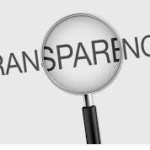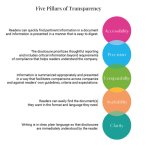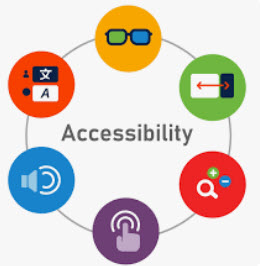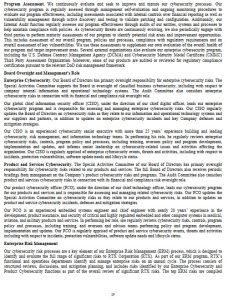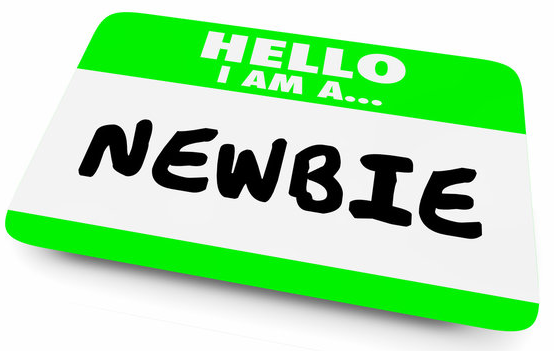Digging further into Laurent Rouyrès’ book entitled “Information Wants to be Free: From Moral Transparency to the Transparency of Publicly Listed Companies” (see my blog about the need for trust), this blog gets into the challenges of defining what “transparency” means.
In his chapter entitled “The Big Bad Word,” Laurent notes: “It is true that transparency is still a fuzzy notion ‒ which is unfortunately ironic. Inspired by optics, the metaphor of transparency is commonly used today in the political and economic spheres.
The price of success: the meaning of the word “transparency,” outside its original domain, is in the making. Multidisciplinary, transparency does not have a universal definition. And its definitions are at best not very clear or are, at worst, tautological.
I totally understand any confusion or hesitancy to embrace the concept. When I was first approached about taking on the mantle of a “transparency champion,” I spent a few weeks pondering and digging into what it was all about. I had to educate myself as it was not readily apparent from its face.
After all, isn’t disclosure transparency by definition? You’re disclosing, right? And the answer to that is “Sure, it is for some purposes.” But they are not the same thing when you consider what our definition for transparency is in the corporate disclosure context. There’s a lot more to it.
As I’ve blogged before, it’s a mindset. It’s authenticity. And you know it when you see it. Learn more about what transparency is – and isn’t – in “A White Paper on Disclosure Transparency.”









